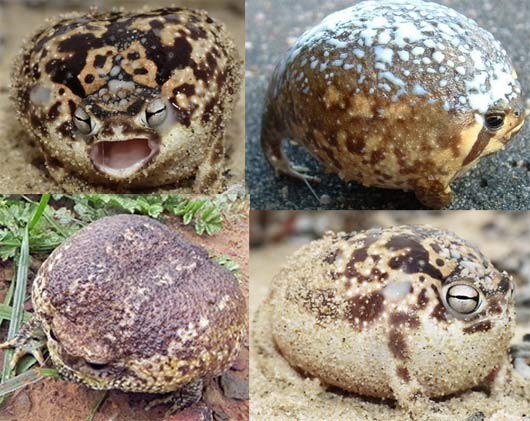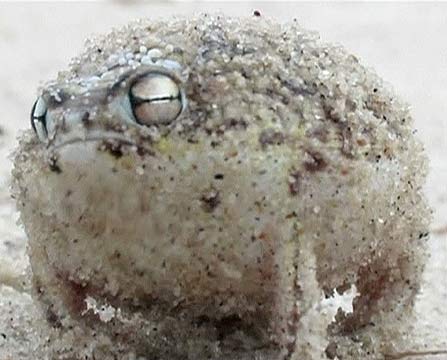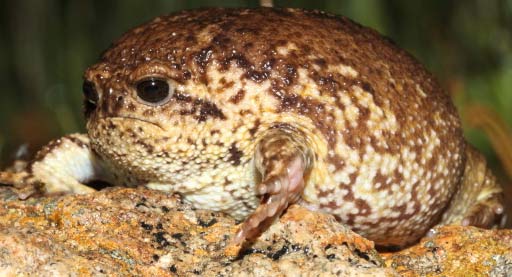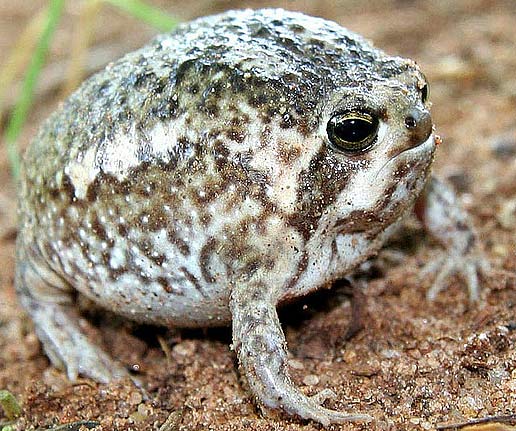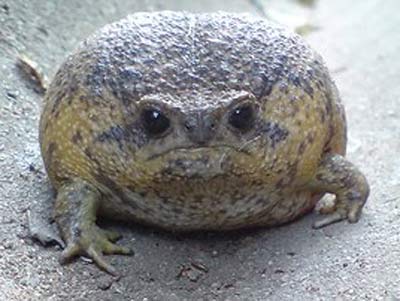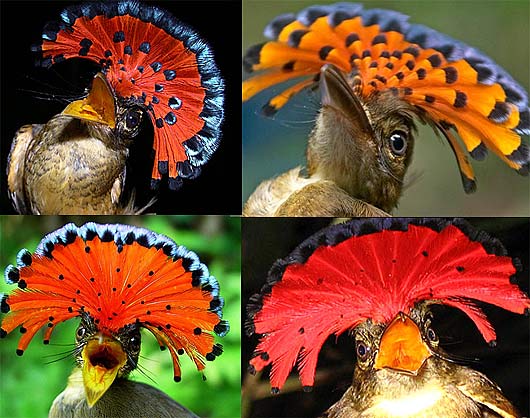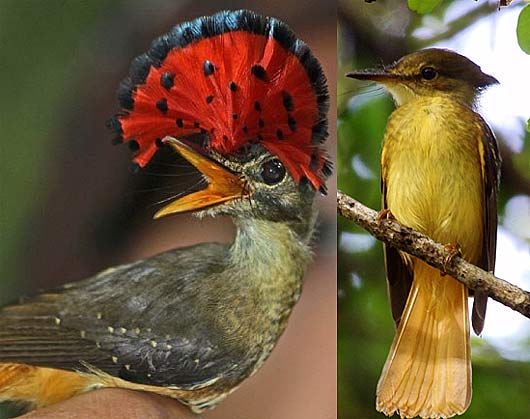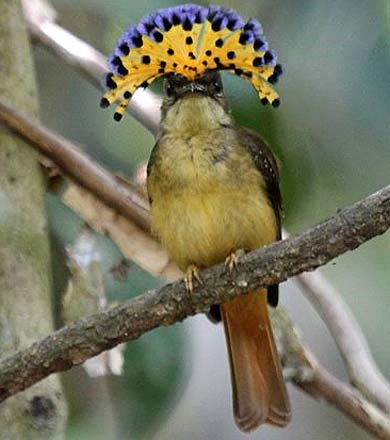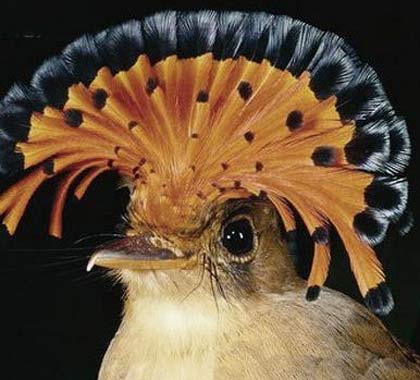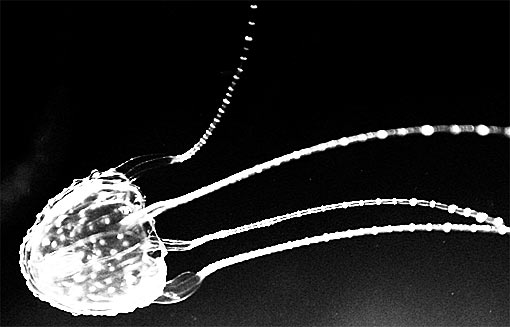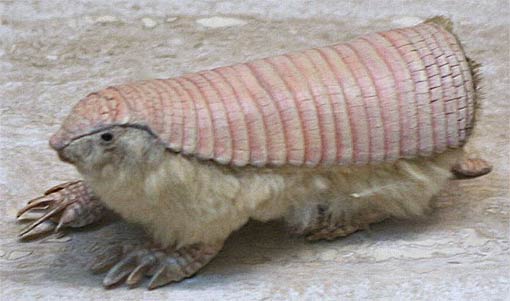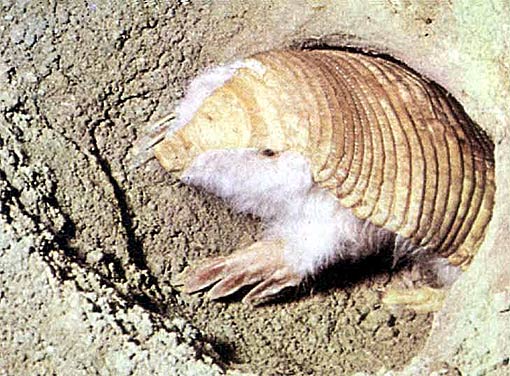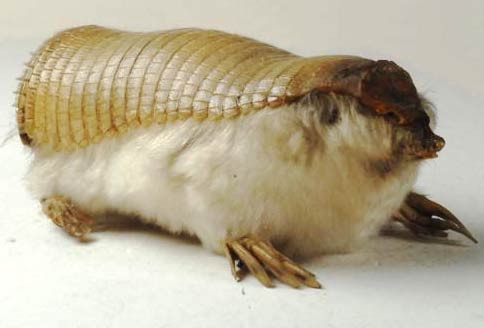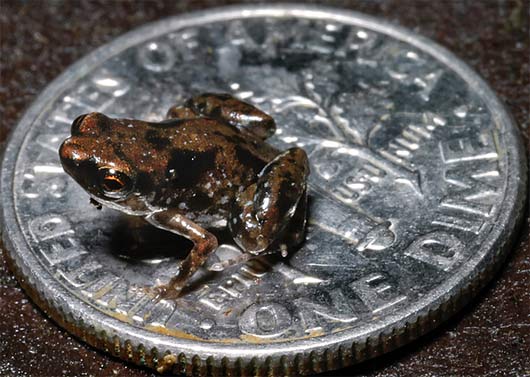
The Harpy Eagle is an actively hunting
carnivore and is an
apex predator, meaning that adults are at the top of a food chain and have no natural predators. Its main prey are tree-dwelling
mammals and a majority of the diet has been shown to focus on
sloths and
monkeys. Research conducted by Aguiar-Silva between 2003 and 2005 in a nesting site in
Parintins,
Amazonas, Brazil, collected remains from prey offered to the nestling and after sorting them, concluded that, in terms of individuals preyed upon, the harpy's prey basis was composed in 79% by sloths from two species:
Bradypus variegatus amounting to 39% of the individual prey base, and
Choloepus didactylus to 40%; various monkeys amounted to 11.6% of the same prey base. In a similar research venture in Panama, where a couple of captive-bred subadults was released, 52% of the male's captures and 54% of the female's were of two sloth species (
Bradypus variegatus and
Choloepus hoffmanni).
[17] At one
Venezuelan nest, all remains found around the nest site were comprised by sloths. Monkeys regularly taken can include
capuchin monkeys,
saki monkeys,
howler monkeys,
titi monkeys,
squirrel monkeys and
spider monkeys. Smaller monkeys, such as
tamarins and
marmosets, are seemingly ignored as prey by this species.
[4] At several nest in
Guyana, monkeys made up approximately 37% of the prey remains found at the nests.
[18] Similarly,
cebid monkeys made up 35% of the remains found at 10 nest in Amazonian Ecuador.
[19] Other partially arboreal mammals are also predated given the opportunity, including
porcupines,
squirrels,
opossums,
anteaters, and even relatively large carnivores such as
kinkajous,
coatis and
tayras.
[4] In the
Pantanal, a pair of nesting eagles preyed largely on the porcupine
Coendou prehensilisand on the agouti
Dasyprocta azarae.
[20] The eagle may also attack bird species such as
macaws: At the Parintins research site, the
Red-and-green Macaw made up for 0.4% of the prey base, with other birds amounting to 4.6%.
[21] Other
parrots, including the large
Hyacinth Macaw, have also been predated, as well as
cracids such as
curassows and
seriemas.
[4] Additional prey items reported include
reptiles such as
iguanas,
tejus and
snakes.
[4][22] Snakes of up to 5 cm (2.0 in) in diameter have been observed to be cut in half, then the pieces are swallowed whole.
[4] On occasion, larger prey such as
capybaras,
peccaries and
deer are taken and they are usually taken to a stump or low branch and partially eaten, since they are too heavy to be carried whole to the nest.
[4][23][24] Red brocket deer, a species commonly weighing over 30 kg (66 lb), have been reportedly predated and, in such cases, the eagle may have to tear it into pieces or feed on at the killing site rather than fly with as it would be too heavy.
[25][26] The Harpy have been recorded as taking domestic
livestock, including
chickens,
lambs,
goats and young
pigs, but this is extremely rare under normal circumstances.
[4] They control population of
mesopredators such as capuchin monkeys which prey extensively on bird's eggs and which (if not naturally controlled) may cause local extinctions of sensitive species.
[27]
